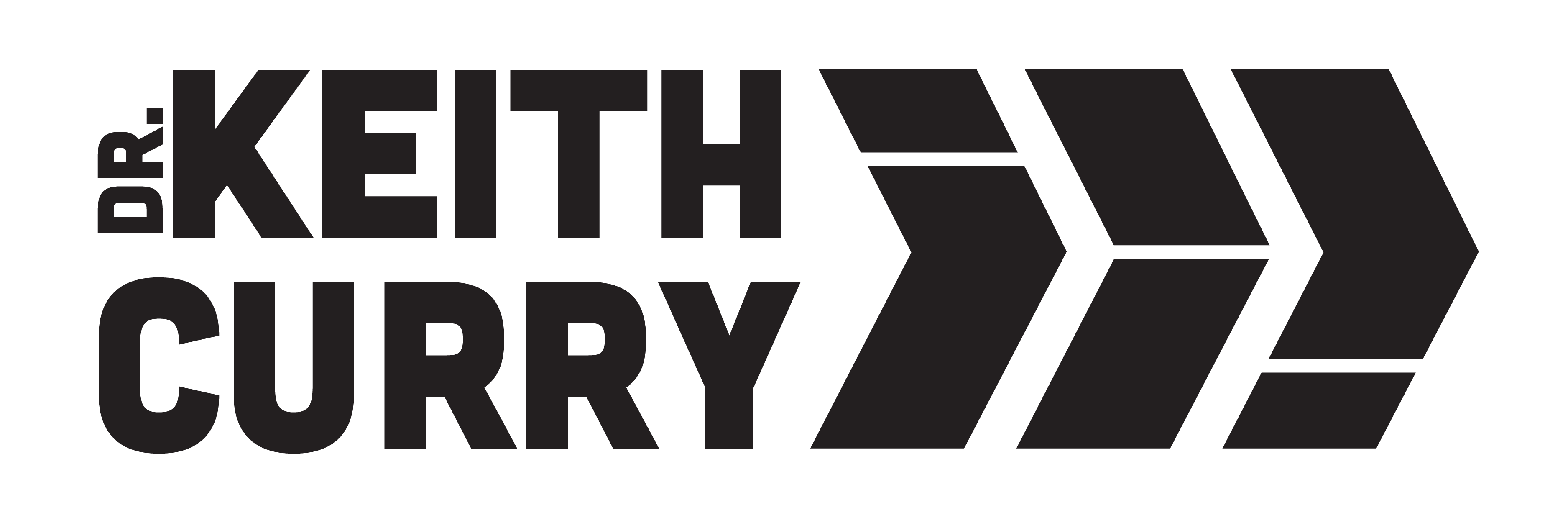While on social media the other day, I saw a meme with the caption: “Found A College Diploma at Goodwill.” This image has been on my mind lately as I continue to wonder how much confidence potential learners have in higher education and, particularly for me, community college education. A recent Gallup poll shows a sharp decline in public confidence in higher education this year after years of diminishing trust. Before this year, the poll found that 57% (2015) and 48% (2018) of participants had confidence in higher education, but recent numbers show that trust has hit a low at only 36%. What does this mean for the future of higher education, and what further implications does this have for our most marginalized and underserved students? It means many of them will not enroll at our institutions, which is a problem for the communities we serve.
At the same time, we, as institutional leaders, must figure out ways to regain confidence in academia’s value on an individual level. Without support on this level, we will never be able to restore that trust because these people are the parents of our prospective students, the voters in our local, regional and national elections, and the neighbors in our communities who talk to each other as cheerleaders or as naysayers.
As a leader, I am not perfect, but I am fully committed to being an unapologetic leader when it comes to doing what is right for Compton College and its students. As I think about public confidence, I am reminded of the former “Compton Community College” when its accreditation was revoked in 2006, breaking the promise that all postsecondary institutions hold to be the hubs of their communities. The community no longer trusted that we would educate our future generations, and it took years for us to return from that. In some ways, I think we still feel the repercussions to this day.
At that time, Compton Community College entered into a unique partnership with El Camino College to provide academic and support services at our campus. To restore confidence, we had to engage with the people and the community. First and foremost, we did the necessary work to get our institution back where we needed it to be. But our work was not yet done. We needed to communicate the work we had done. We ensured our messaging was consistent, held community meetings and established partnerships with community-based organizations and our K-12 district. The point is that it took time, and sometimes, I feel we still have a lot more to be done to maintain that hard-won community confidence.
Engaging with the right audiences is an essential facet of getting this done. We must look at ourselves critically and say, “How do those people who lack trust in us really see us? And what would it take to get them to believe in us?”
Historically, students of color have demonstrated less confidence in higher education, and Black undergraduates trust their institutions and leadership much less than their White peers.
Researchers have defined this as the “trust gap” 1. Once these students are on our campuses, we must ensure they feel welcomed and supported. I am reminded of an instance last week (our first week of the fall semester) when one of our students stopped me during a campus tour I was leading. They told me the cafeteria had run out of food (Another thought, at a later time), and he and his friends could not get their guaranteed one meal per day from the college.
Clearly, this was an important issue for that student, and we weren’t about to let him and his friends go hungry. This was a critical moment: Were we going to help this student and preserve the faith that he and his friends had in Compton College? We could not let him down, so we found a way to open our food pantry and support them that same day. Now, this week, we have ordered more food. But we are still in a position of precariousness. If we run out of food again, that student may write off Compton College, believing that our promise to provide them one meal per day was just a lie.
Many of our students from marginalized communities are already in a position to distrust us from the start, a result of the residual trauma of persistent inequity. For these reasons, it is sometimes difficult to build confidence in a system that has historically left students of color behind.
Think about it: A student living in a community that has been neglected for decades will meet our promises with skepticism. And why wouldn’t they? They’ve heard leaders like me before loudly proclaiming that change is coming, but it never does.
We have to do better. We need to be the leaders to change higher education with a focus on racial equity by doing the work, telling our story, and regaining the public’s trust. Especially now, as we face a staggering enrollment decline among Black learners, we must address this issue. Building trust and confidence comes with intentional efforts and highlighting the value of higher education for students of color, specifically.
References
- Fosnacht, K., & Calderone, S. (2020). Who do students trust? An exploratory analysis of undergraduates’ social trust.
